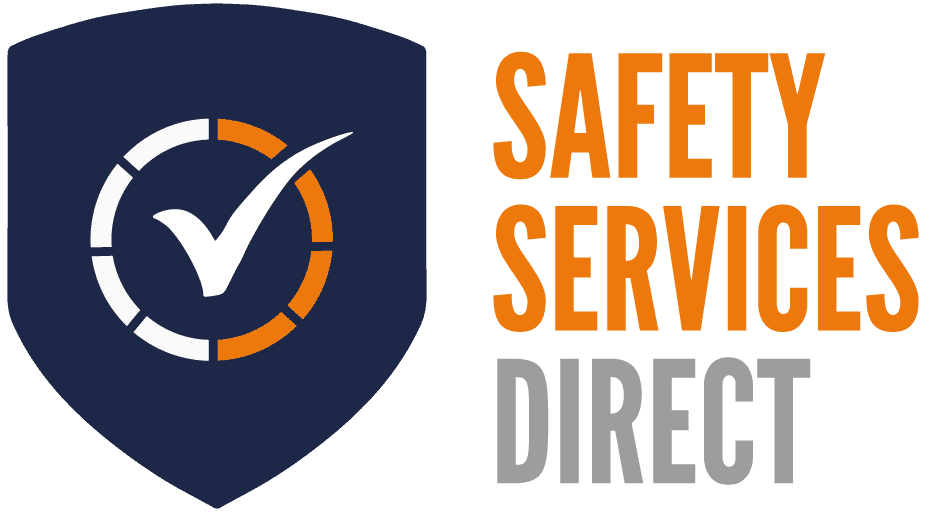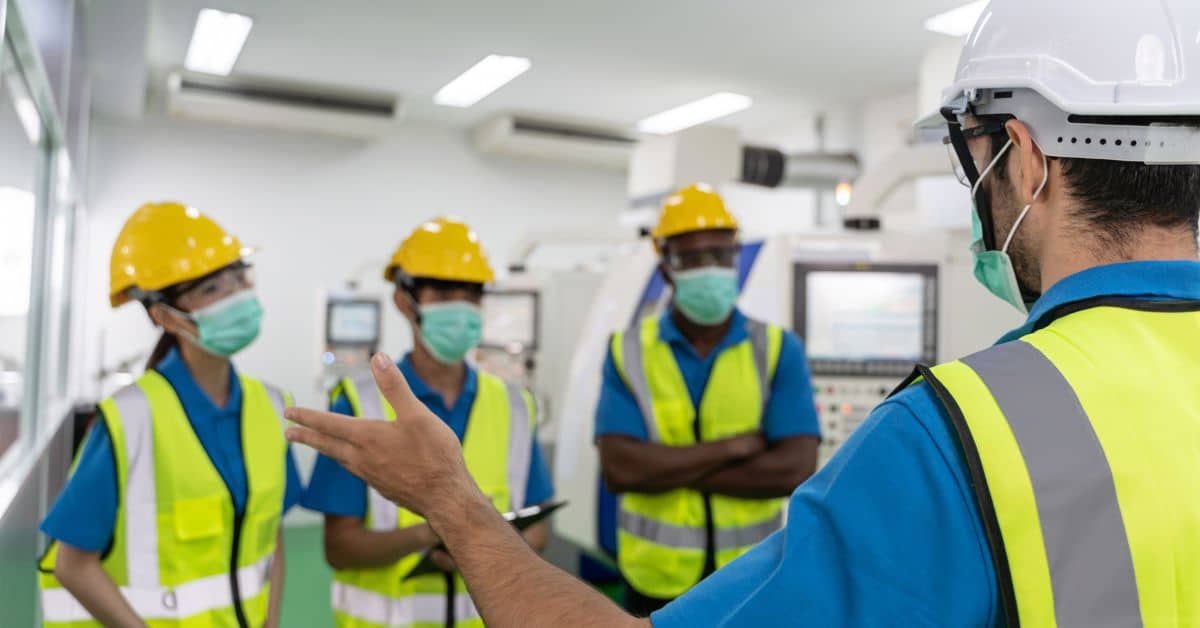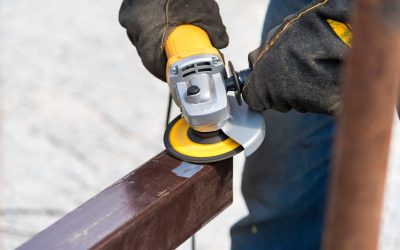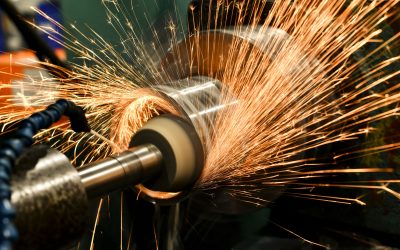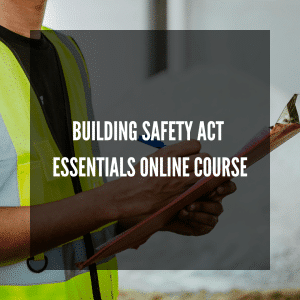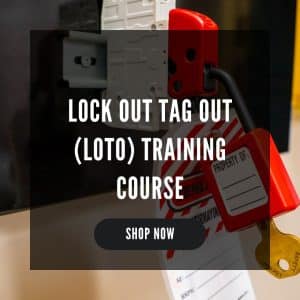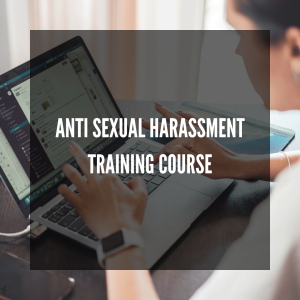The UK takes workplace safety very seriously, with regulations designed to protect employees and the public in many different circumstances. Among these regulations, the Lifting Operations and Lifting Equipment Regulations (LOLER) come into play in ensuring the safe use of lifting equipment.
Since health and safety are our areas of expertise, we’re delving into the LOLER standard, its purpose, and how it differs from the Provision and Use of Work Equipment Regulations (PUWER). Keep reading for everything you need to know about LOLER.
What is the LOLER Standard?
The Lifting Operations and Lifting Equipment Regulations (LOLER) were introduced in 1998 to standardise and govern the use of lifting equipment in the workplace. It operates under the broader umbrella of the Health and Safety at Work Act 1974, which imposes specific legal obligations on employers to promote health and safety.
The primary purpose of the LOLER regulations is to prevent accidents and injuries associated with lifting operations (which are not to be confused with manual handling, as LOLER focuses on lifting that requires equipment). This is achieved through mandatory regular inspections, maintenance, and adherence to safe working practices. Regular inspections help identify potential issues before they lead to accidents, ensuring the safety of both operators and bystanders.
Compliance with LOLER is mandatory for all businesses that use lifting equipment. Non-compliance can result in fines and possible legal action, whereas adhering to LOLER not only helps avoid these consequences but also promotes a culture of safety.
What Equipment Is LOLER Relevant To?
LOLER applies to a wide range of lifting equipment used in various industries. Here is the main lifting equipment covered by LOLER:
- Cranes: Tower cranes, mobile cranes and overhead cranes.
- Hoists: Manual hoists, electric hoists, chain hoists and lever hoists.
- Lifts: Passenger lists and good lifts.
- Forklifts and Lift Trucks: Forklift trucks and telehandlers.
- Lifting Accessories: Slings, shackles, eyebolts, lifting beams and spreaders
- Pallet Trucks and Stackers: Hand pallet trucks, powered pallet trucks and stackers.
- Winches: Manual winches and electric and hydraulic winches.
- Vehicle Inspection Lifts: Garage lifts.
- Scissor Lifts and Aerial Work Platforms: Scissor lifts and boom lifts.
- Lifting Jacks: Hydraulic jacks and car jacks.
- Wind Turbine Lifting Equipment: Turbine erection cranes and blade lifting systems.
Key Requirements of LOLER
So, in order to protect workers and your organisation, what is required?
Thorough Examination and Inspection
The Lifting Equipment Regulations 1998 require that lifting equipment regularly undergo thorough examinations and inspections. Every inspection must be conducted by a competent person qualified to assess the equipment’s safety and functionality. The frequency of these examinations depends on the type of equipment and its usage.
Safe Working Load (SWL)
Each piece of lifting equipment must have a clearly marked SWL indicating the maximum load it can safely handle. Adhering to SWL limits is crucial to prevent overloading and potential equipment failure, and operators must prominently display and understand it for LOLER compliance.
Planning and Supervision
Every lifting operation must be carefully planned and supervised by competent persons. This involves assessing the risks, selecting appropriate equipment, and ensuring that the lifting task is carried out safely.
Record Keeping
Under LOLER, maintaining accurate records of inspections, maintenance, and lifting operations is a legal requirement. These records provide a history of the equipment’s condition and use, helping to ensure ongoing compliance and safety. Proper documentation also facilitates regular audits and reviews.
Difference Between PUWER and LOLER
While LOLER deals with lifting equipment specifically, the Provision and Use of Work Equipment Regulations (PUWER) apply to all work equipment. To be more specific, PUWER addresses the safety and suitability of equipment in general, whereas LOLER provides additional specific requirements for lifting operations to ensure they are conducted safely.
So, while LOLER and PUWER are often referred to together because they overlap in that both sets of regulations apply to equipment, LOLER is more specific.
Implementing LOLER in Your Workplace
If you work with lifting equipment or intend to start doing so, it’s imperative that you know how to implement LOLER. Fortunately, it’s not very complicated, particularly if you make use of our Health and Safety Advisory Service. Let’s look at how to ensure you’re compliant with LOLER:
Risk Assessment
Conducting thorough risk assessments is the first step in implementing LOLER. Identify potential hazards associated with lifting operations and take steps to mitigate these risks. This proactive approach helps prevent accidents and ensures that lifting operations are carried out safely.
Training and Competence
Ensuring that workers are properly trained and competent in using lifting equipment is crucial. Ongoing training and certification programs help maintain high standards of safety and competence. Competent workers are better equipped to handle equipment safely and respond effectively to any issues that may arise.
Maintenance and Inspections
Regular routine maintenance and LOLER inspections are essential for keeping lifting equipment in safe working condition. Establish a schedule for routine checks and maintenance tasks and ensure that any identified issues are promptly addressed. This helps prevent equipment failures and extends the equipment’s lifespan.
Conclusion
LOLER regulations play a vital role in ensuring the safety of lifting operations in the UK. By setting clear standards for the use, maintenance, and inspection of lifting equipment, LOLER helps prevent accidents and injuries.
Businesses should review their lifting operations and ensure they comply with LOLER regulations. Investing in proper training, regular inspections, and maintenance is crucial for safety and legal compliance. For further guidance, consult our professional safety experts, who can provide tailored advice and support for implementing LOLER in your workplace.
